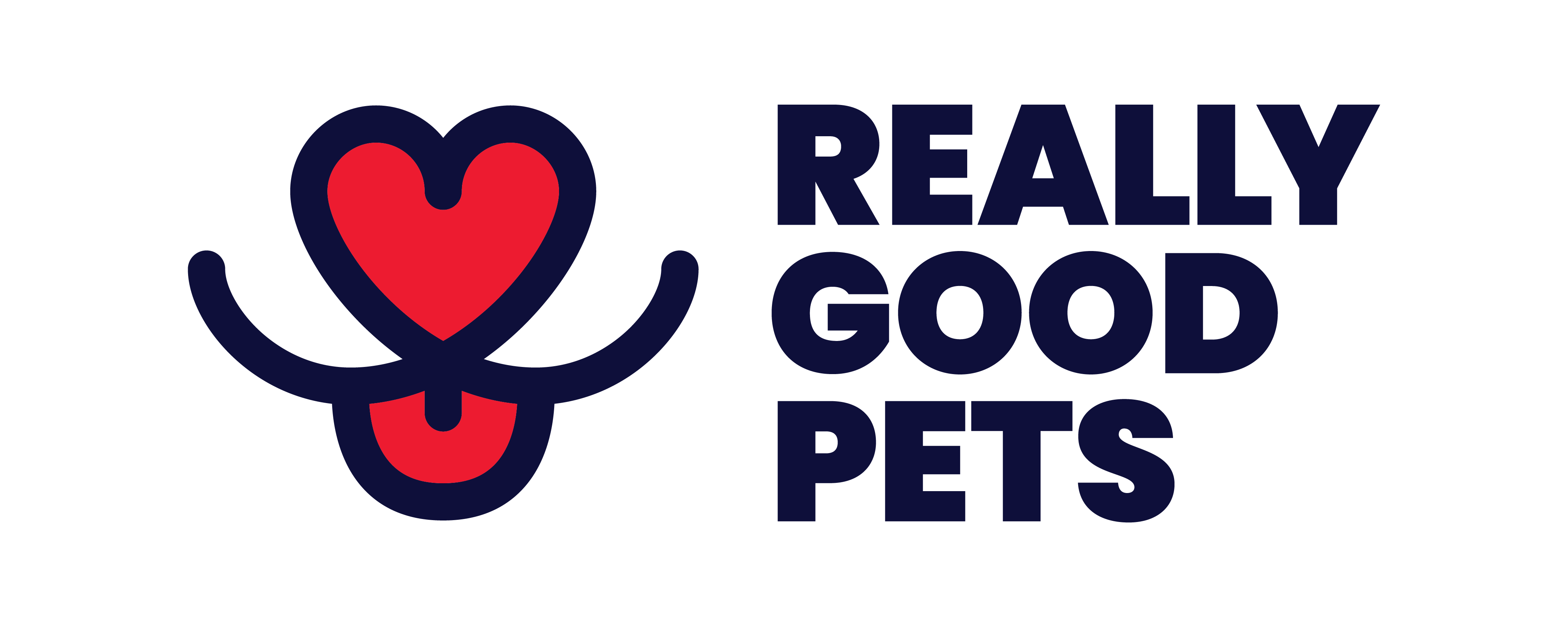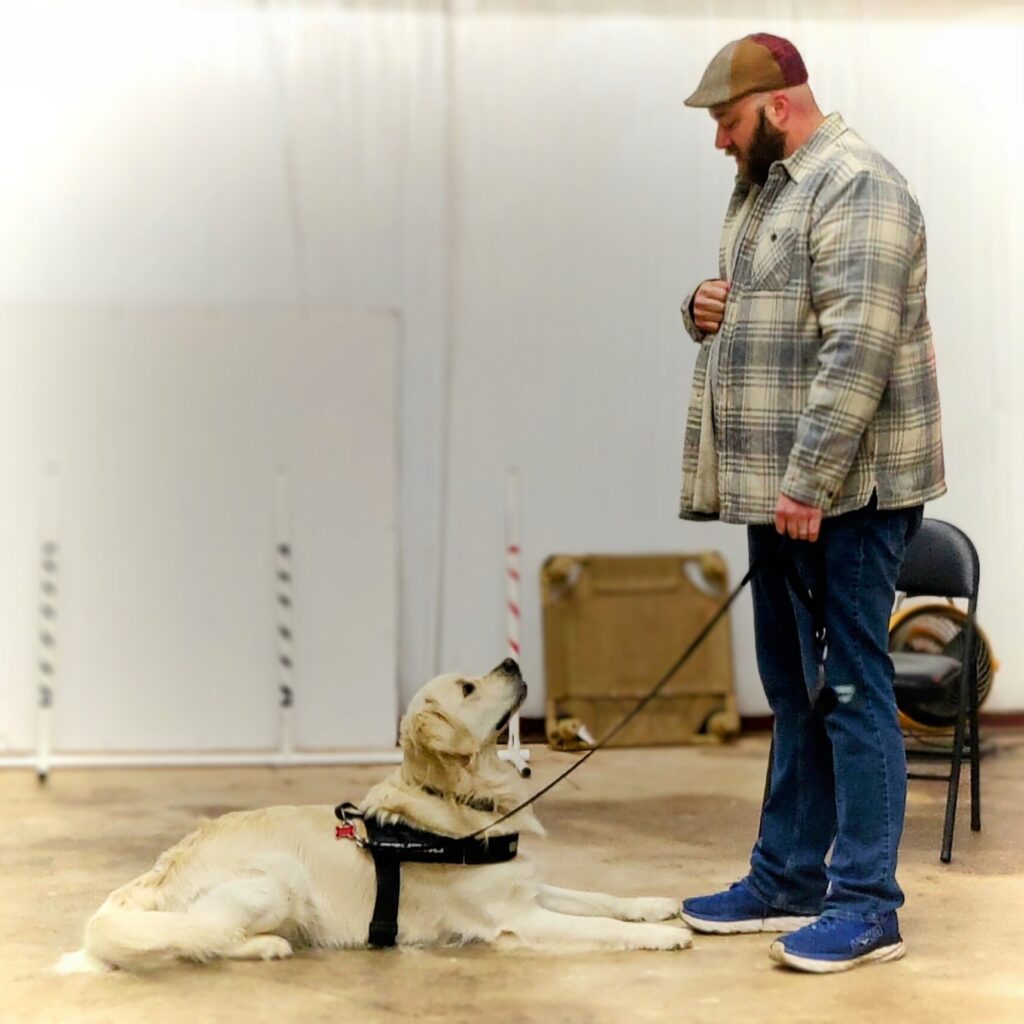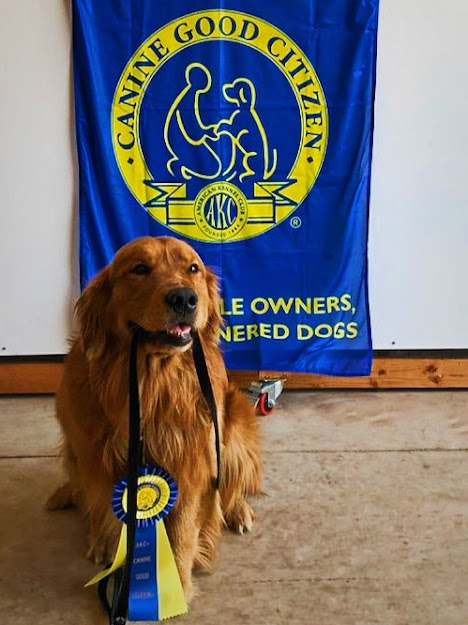
Congrats to our Newest CGC Title holders!

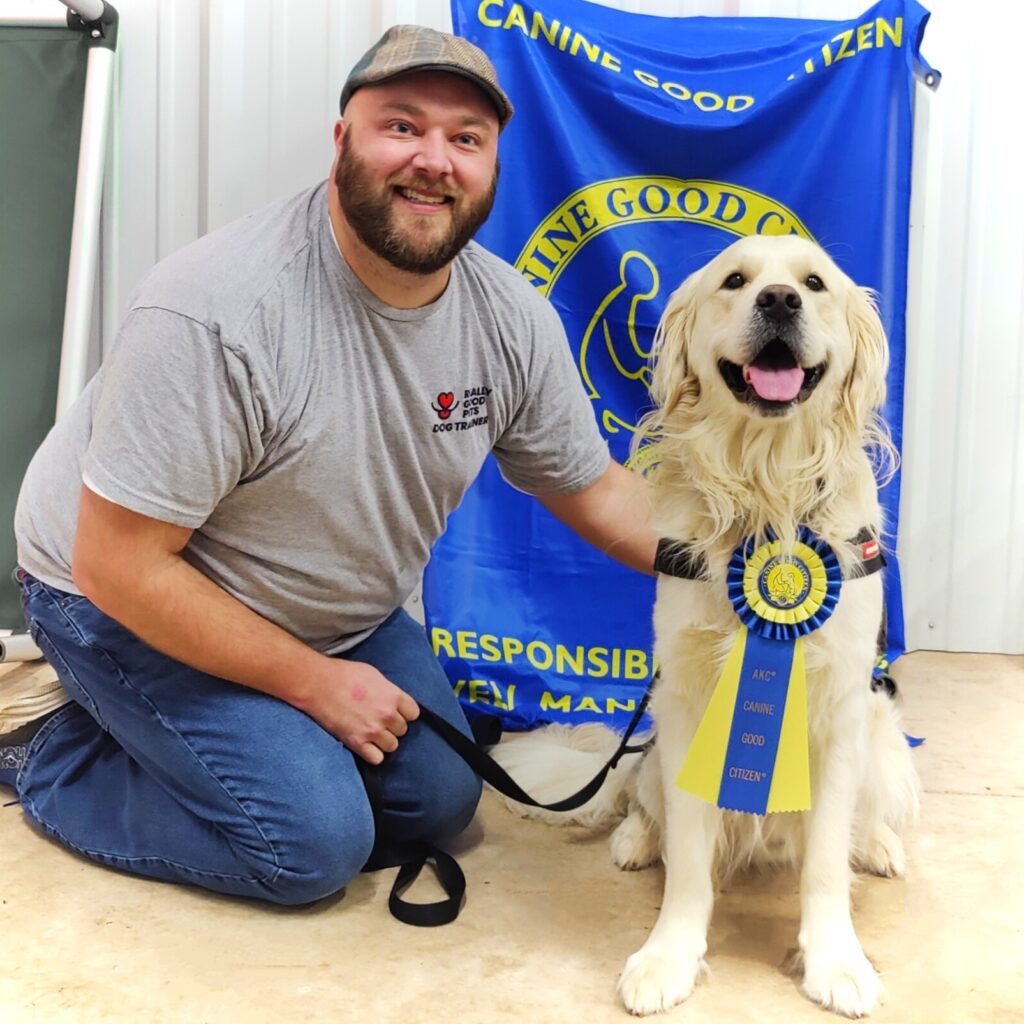
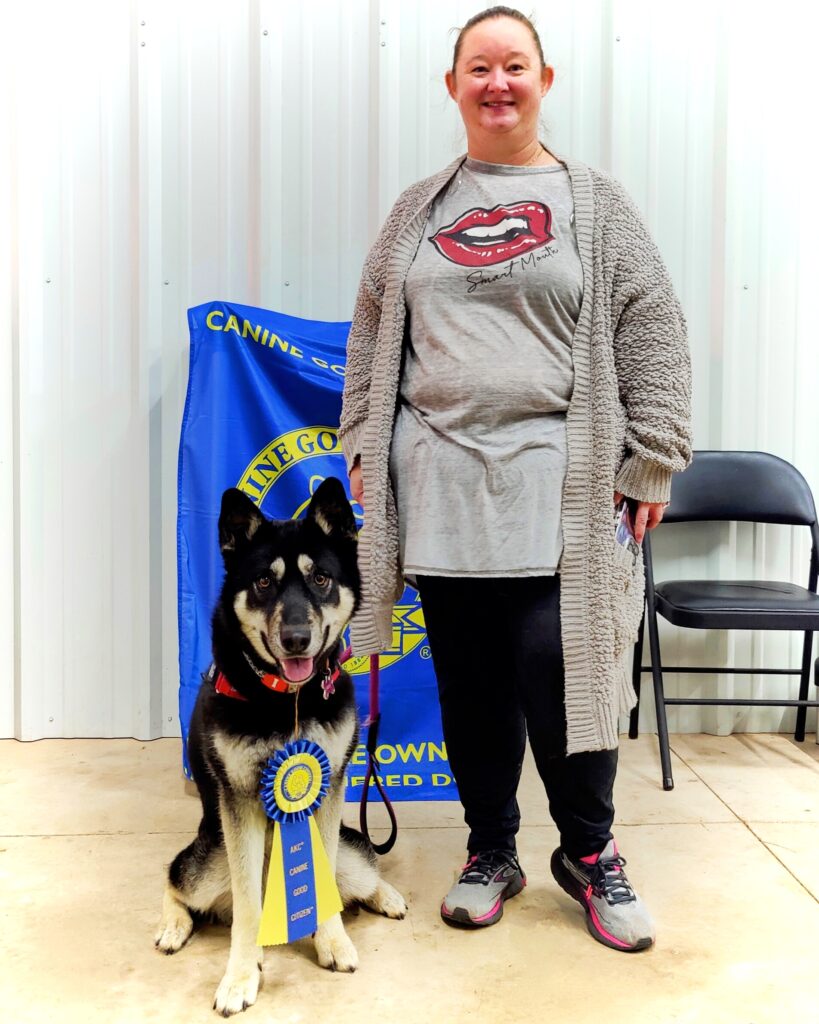
These teams have worked hard to earn their AKC CGC titles and we couldn’t be more proud of them.
Teams must be able to complete a list of ten exercises laid out by the AKC without the use of training aids, such as treats. Dogs must preform these tasks in front of a certified AKC CGC evaluator. These items include every day tasks that many people strive for when training their dog to be well mannered.
They are:
- Accept a friendly stranger
- Dog must maintain good manners while the evaluator greets the handler
- Dog must maintain good manners while the evaluator greets the handler
- Sit politely for petting
- Dog must sit first, then is pet by the evaluator on the head and body. The dog must keep feet on the floor and not show shyness or resentment.
- Dog must sit first, then is pet by the evaluator on the head and body. The dog must keep feet on the floor and not show shyness or resentment.
- Appearance and Grooming
- The dog must let the evaluator handle each front foot, ear, and allow for brushing. The dog must be clean, groomed, and in healthy condition.
- The dog must let the evaluator handle each front foot, ear, and allow for brushing. The dog must be clean, groomed, and in healthy condition.
- Out for a walk (walking on a loose lead)
- The dog and handler are able to walk together with a slack leash on a course laid out by the evaluator. The course includes a left turn, right turn, about turn, and two stops.
- The dog and handler are able to walk together with a slack leash on a course laid out by the evaluator. The course includes a left turn, right turn, about turn, and two stops.
- Walking through a crowd
- The dog and handler walk around and pass at least three people. The dog can show some interest in the people but must continue to walk with the handler under control, without jumping on people or straining on the leash.
- The dog and handler walk around and pass at least three people. The dog can show some interest in the people but must continue to walk with the handler under control, without jumping on people or straining on the leash.
- Sit and down on cue and stay in place
- The dog must sit and down when cued by the handler. Then the dog must perform a 20 foot stay where the handler comes back to their dog.
- The dog must sit and down when cued by the handler. Then the dog must perform a 20 foot stay where the handler comes back to their dog.
- Coming when called
- The dog must be able to come to the handler from a 10 foot distance.
- The dog must be able to come to the handler from a 10 foot distance.
- Reaction to another dog
- Two dogs and two handlers approach each other with dogs on leash under control. The handlers greet each other and then continue their walk.
- Two dogs and two handlers approach each other with dogs on leash under control. The handlers greet each other and then continue their walk.
- Reaction to distraction
- The evaluator presents two distractions, such as dropping a chair, rolling a dolly, or jogging in front of the dog. The dog may startle but must not panic, try to run, show aggression, or bark.
- The evaluator presents two distractions, such as dropping a chair, rolling a dolly, or jogging in front of the dog. The dog may startle but must not panic, try to run, show aggression, or bark.
- Supervised separation
- The dog is left with the evaluator for three minutes while the handler goes out of sight. The dog must maintain good manners and not show anything stronger than mild agitation or nervousness.
Want your dog to be the next CGC title holder? Message us to sign up for our next evaluation!
Want your dog to do those ten tasks, but need some help? We can help with that, too. Message us for a free consult today.
Want to know more about the perks of having a CGC title dog? Click here
